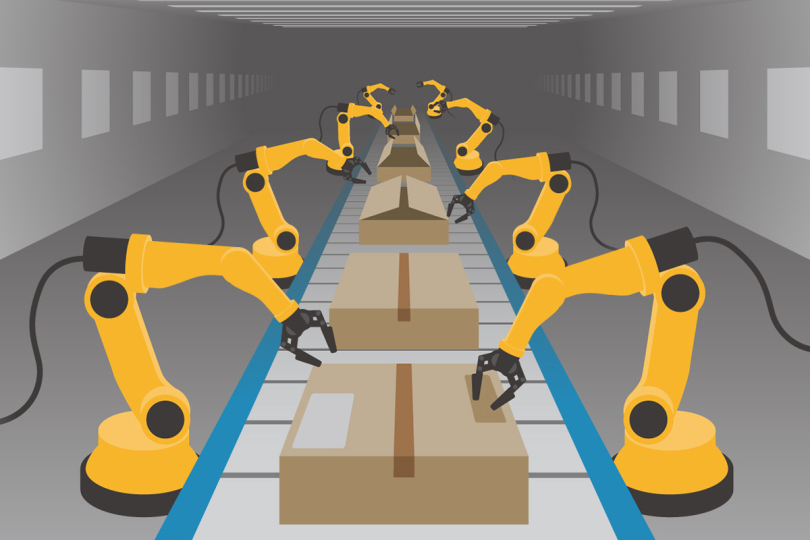- A
- A
- A
- ABC
- ABC
- ABC
- А
- А
- А
- А
- А
- HSE University
- Faculties
- Faculty of Creative Industries
- News
- What to Expect from Science in 2017: Design
-
Schools
-
Educational Programmes
- Bachelor's Programmes
-
Master's Programmes
-
- Design (RU)
- Data Journalism
- Integrated Communications
- Data-Driven Communication
- Film Production
- Communications in the Public Sector and NGOs
- Communication and Digital Design (RU)
- Strategic Communications Management — online (RU)
- Critical Media Studies
- Media Management
- Fashion (RU)
- Modern Art Practices (RU)
- International News Production
- Contemporary Journalism
- Contemporary Technologies in Teaching and Art (RU)
- Transmedia Production in Digital Industries
-
-
Faculty
E-mail: cmd@hse.ru
The Faculty of Creative Industries is one of the most popular faculties at the Higher School of Economics. Today we have more than 5 thousand students. In the international QS ranking in the communications and media subject area, the HSE is ranked among the leading universities in Russia, and in the Art and Design category HSE became the best Russian university and entered the top 200 international universities.
Our faculty is one of the largest centers for training specialists in the creative industries: it brings together the best teachers and curators from among practicing professionals, talented students and successful graduates who work in leading russian and world companies or create their own startups.
Drama and Film Acting
Global Digital Communications
Online programme
Design
Journalism
Film and Television Production
Media Communications
Fashion
Advertising and Public Relations
Strategy and Production in Communications
Management in Creative Industries
Design
Environment Design
Data Journalism
Integrated Communications
Interactive Media and Digital Industries
Interactive Design
Online programme
Film Production
Communications in the Public Sector and NGOs
Communication and Digital Design
Media Management
Fashion
Curatorial Practices in Contemporary Art
Producer in the Music Industry
Theatre and Performing Arts Producer
Contemporary Journalism
Contemporary Media Research
Management in Creative Industries
Online programme
Strategic Communications Management
Online programme
Digital Communications and Product Analytics
Yefanov A., Muzykant V.
RUDN Journal of Sociology. 2025. Vol. 25. No. 3. P. 762-779.
Evgeniia Filippova, Sokolova T.
In bk.: Fashion Communication in the Digital Age. Springer Publishing Company, 2025. P. 343-349.
Арман О., Eremenko J., Zinchenko O. et al.
Zinchenko, O., Onurcan, A., Eremenko, Y., & Shestakova, A. (2024, November 21). CROSS-CULTURAL STUDY ON THE EFFECT OF PERCEIVED TASTES ASSOCIATED TO SOUNDS ON THE PERCEPTION OF FOOD TEXTURES. https://doi.org/10.31234/osf.io/n37tw. Zinchenko, O., Onurcan, A., Eremenko, Y., & Shestakova, A. (2024, November 21). CROSS-CULTURAL STUDY ON THE EFFECT OF PERCEIVED TASTES ASSOCIATED TO SOUNDS ON THE PERCEPTION OF FOOD TEXTURES. https://doi.org/10.31234/osf.io/n37tw. PsyArXiv, 2024

What to Expect from Science in 2017: Design


Creator and Curator of the ‘Industrial Design. Design of the Future’ study track
Neural networks are an obvious trend that’s hard to deny or ignore. This year, we’ve seen much activity with image recognition technologies, and there already are several start-ups in this field in Russia. This includes software that can change an image so that it can imitate an artist’s style, or identify people in photos and search for them on social media. Furthermore, in regards to forecasts, in addition to image recognition, some technologies will likely emerge that can generate texts or even entire adaptive web pages.
This year, we heard a lot of fantastic theories regarding autonomous devices. For example, Kamaz has developed a self-driving truck, while Tesla has created iconic self-driving cars. Several Tesla cars are probably driving through Moscow at this very minute, but it’s unclear whether there will be more of them. In addition, driverless cars on Russian roads have yet to be regulated and approved yet. In 2017, we might see this Kamaz vehicle, not being driven in a testing area, but, for example, delivering goods to supermarkets. We’ll likely see some further developments in this area.
The fourth industrial revolution is taking place right now. It means that anyone who doesn’t even know how to process materials can nonetheless design their idea on a computer, whereby the machine will perform all of the complex work of processing it. At last, only simple assembly will be necessary.
It’s already clear that the concept of personal devices for digital production has become popular. By this, I mean any device that can produce something and/or is controlled by a computer, such as 3D printers, laser cutters, milling machines, water jet cutters, and even digital sewing machines. There are a lot of companies and centres, which now can offer access to such equipment. These are not only manufacturers, but also places where anyone can come and learn to do everything.
I believe that this trend will continue next year. However, it is likely that many of these centres will start closing, since there still isn’t yet a critical mass of people able to manage such projects successfully. Furthermore, there also is a lack of appropriate public demand for such services.
Another unexpected trend, which is hard to gauge in Russia and globally in terms of growth, is city farming - a trend towards planting automation. For instance, two agro-hackatons recently took place, where the teams set out to invent devices for planting in apartments. These devices feature humidity indicators, pumps, temperature indicators, and light switches. Furthermore, they have interfaces for direct control from a user’s smartphone. It’s difficult to predict how this will develop, but, probably, we’ll be seeing some apartment farmers who will able to produce many tomatoes at home, so that there will be enough for further sale. However, it is my belief that this won’t happen any earlier than in three years’ time.
Design entrepreneurship is a trend that we have recently uncovered and discussed within the design community over the last several months. This can only be considered in correlation with industrial design, which implies certain costs for materials and processing. The overall conclusion is designers understand that they can’t change the clients’ thinking. Therefore, they are now abandoning service design (design created to solve clients’ tasks) and, instead, becoming entrepreneurs and even clients themselves. They come up with an idea, determine what this product should look like, and then decide how it can be produced and sold. This is an important trend, since it affects not only the design industry, but also manufacturers.
Additional materials:
15 Trends that will Impact Technology, Business, and Our World.
What to Expect in 2017 — a Research Forecast
On the eve of New Year’s, it is customary to take a look into the near future. We asked HSE experts in various fields to share their forecasts on which areas of research might be the most interesting and promising in 2017. They tell us about what discoveries and breakthroughs await us in 2017, as well as how this could even change our lives.
- About
- About
- Key Figures & Facts
- Sustainability at HSE University
- Faculties & Departments
- International Partnerships
- Faculty & Staff
- HSE Buildings
- HSE University for Persons with Disabilities
- Public Enquiries
- Studies
- Admissions
- Programme Catalogue
- Undergraduate
- Graduate
- Exchange Programmes
- Summer Schools
- Semester in Moscow
- Business Internship
- © HSE University 1993–2025 Contacts Copyright Privacy Policy Site Map
- Edit

